Preserving intangible culture for future generations
The traditional Assyk games of Kazakhstan and Italy’s culinary art of the Neapolitan ‘Pizzaiuolo’ are two of the newest elements inscribed on the United Nations Representative List of intangible contributions to preserve for future generations.
Late last year on Jeju Island in the Republic of Korea, the UN Educational, Scientific and Cultural Organization’s (UNESCO) Intergovernmental Committee for the Safeguarding of the Intangible Cultural Heritage deemed a host of new elements significant in protecting a way of life.
Ranging from songs and stories to activities and practices – each testifies to the diversity of intangible heritage and raise awareness of its importance.
India: Kumbh Mela
Kumbh Mela, the festival of the sacred Pitcher, is a peaceful congregation of pilgrims in which participants take a dip in a sacred river [see photo above]. The congregation includes ascetics, saints, sadhus, aspirants-kalpavasis and visitors. The tradition plays a central spiritual role in the country, encapsulating a diverse range of cultural customs.
Knowledge and skills relating to Kumbh Mela are mainly imparted through the teacher-student relationship, but transmission and safeguarding are also ensured through oral traditions and religious and historical texts.
Kazakhstan: Traditional Assyk Games
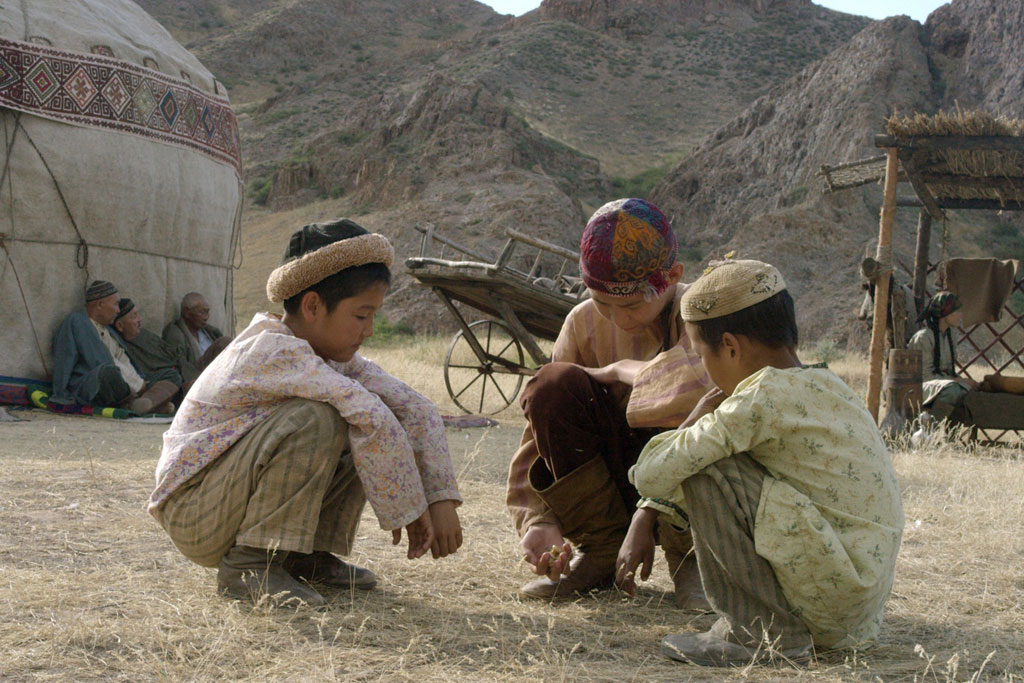 Children choosing a game to play (2015). Photo: Studio “Mergen,” Kazakhstan
Children choosing a game to play (2015). Photo: Studio “Mergen,” Kazakhstan
Assyk Games are an ancient tradition in Kazakhstan, in which each player has their own set of Assyks, traditionally made out of sheep bone. While most practitioners are children between the ages of 4 and 18, young people and adults also participate.
The game is a good model for positive collaboration, social inclusiveness and a sense of friendship, and is primarily transmitted through observation from older children to younger ones.
Portugal: Craftmanship of Estremoz clay figures
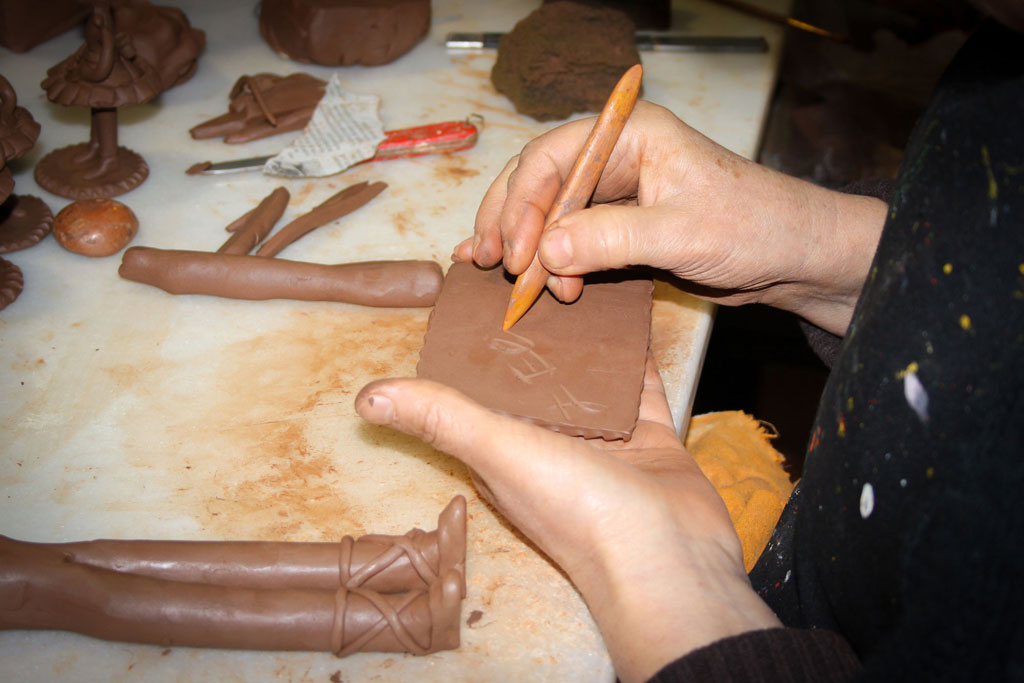 Creating an Estremoz clay figure (2015). Photo: Municipio de Estremoz
Creating an Estremoz clay figure (2015). Photo: Municipio de Estremoz
The craftmanship of Estremoz clay figures dates back to the 17th century and involves a process lasting several days. The figures are dressed in the regional attires of Alentejo or religious clothing and follow specific themes. Their characteristic aesthetic features make the figures identifiable, and the craft is strongly attached to the region.
Artisans ensure the viability and recognition of their craft through non-formal workshops and instructive initiatives, as well as through local, national and international fairs.
Germany: Organ craftsmanship and music
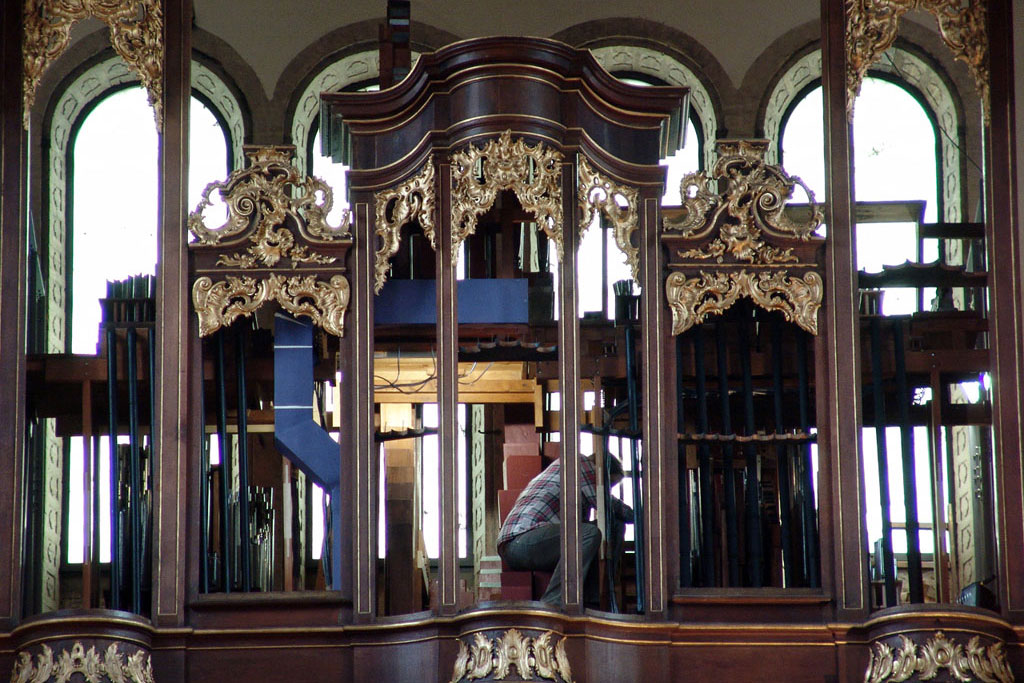 Constructing an organ in Germany (2006). Photo: Thomas Ehret
Constructing an organ in Germany (2006). Photo: Thomas Ehret
Organ craftsmanship and music have shaped Germany’s musical landscape for centuries – with a diverse number of traditions surrounding the instrument’s construction and playing. The highly specialized knowledge and skills of organ makers are significant markers of group identity and its music constitutes a universal language that fosters interreligious understanding.
Knowledge and skills related to the element are transmitted through a direct teacher-pupil experience as well as in vocational schools, universities, and organ construction workshops.
Greece: Rebetiko
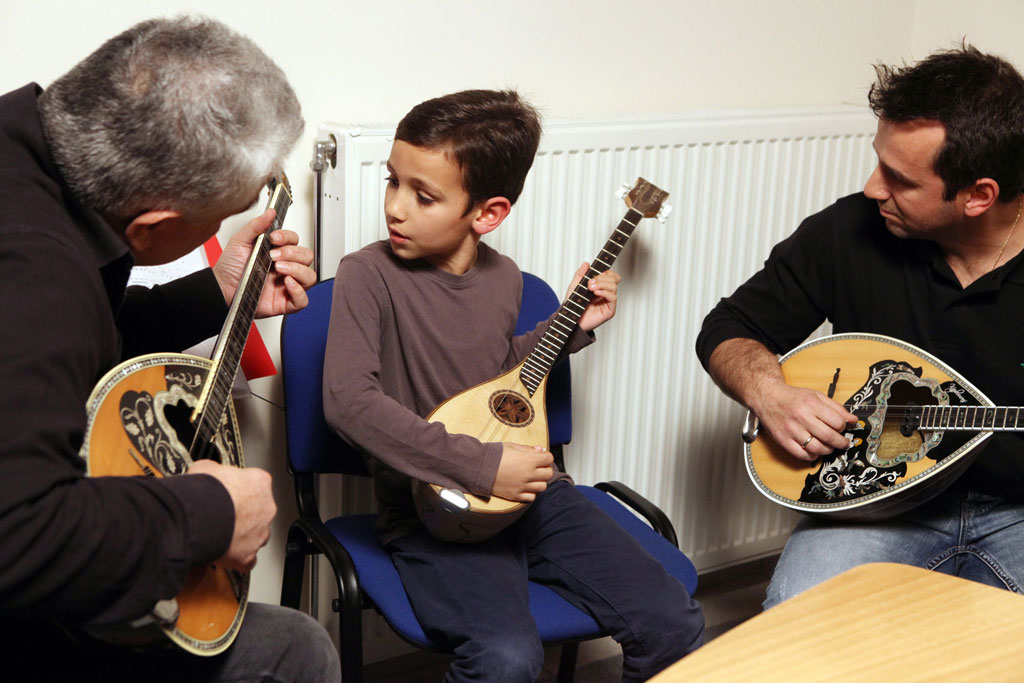 Young boy learns to play the rebetiko (2016). Photo: Greek Ministry of Culture and Sports
Young boy learns to play the rebetiko (2016). Photo: Greek Ministry of Culture and Sports
Rebetiko is a musical and cultural expression directly linked to song and dance, which initially spread among urban working-class populations. Rebetiko songs are now a standardized repertoire in social occasions, containing invaluable references to the customs and traditions of a particular way of life.
Rebetiko is transmitted orally, as well as by the media and in music schools, conservatories and universities, and musicians and enthusiasts continue to play a key role in keeping the practice alive.
Indonesia: Pinisi in South Sulawesi
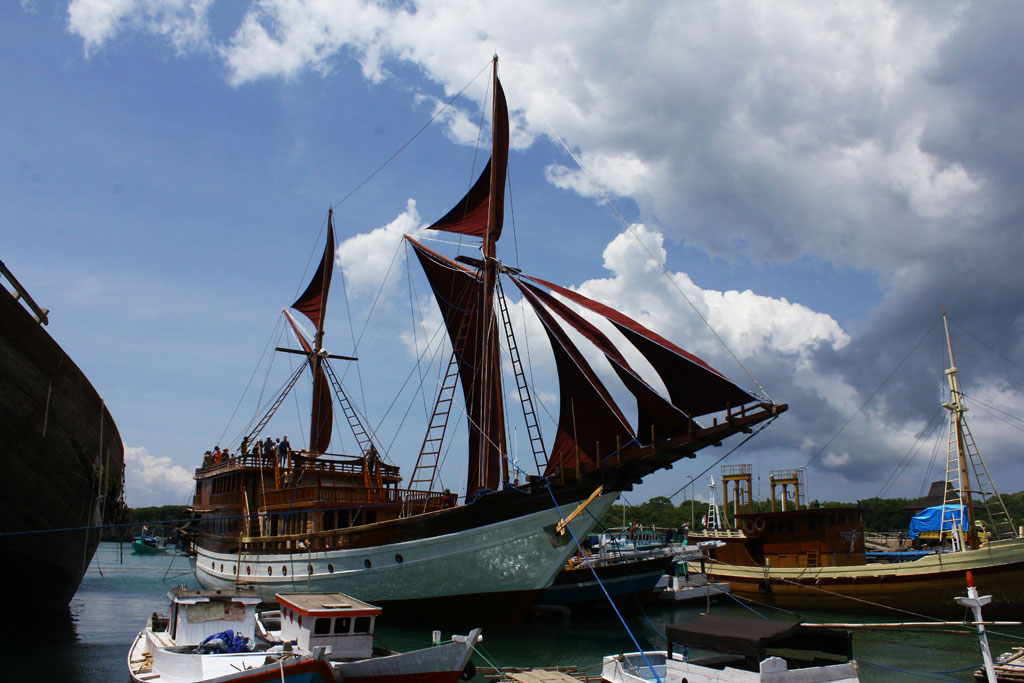 The schooner is ready to sail (2015). Photo: Ministry of Education and Culture, Indonesia
The schooner is ready to sail (2015). Photo: Ministry of Education and Culture, Indonesia
Pinisi, or the art of boatbuilding in South Sulawesi, refers to the famed Sulawesi schooner and represents the epitome of the Archipelago’s indigenous sailing craft. Today, boatbuilding centres are located at Tana Beru, Bira and Batu Licin – where shipbuilding and sailing are central to the community’s social, economic and cultural fabric.
Knowledge and skills are transmitted from generation to generation both within and outside of the family circle, and local shipbuilders are engaged in active marketing initiatives to safeguard the practice.
Iran: Chogan
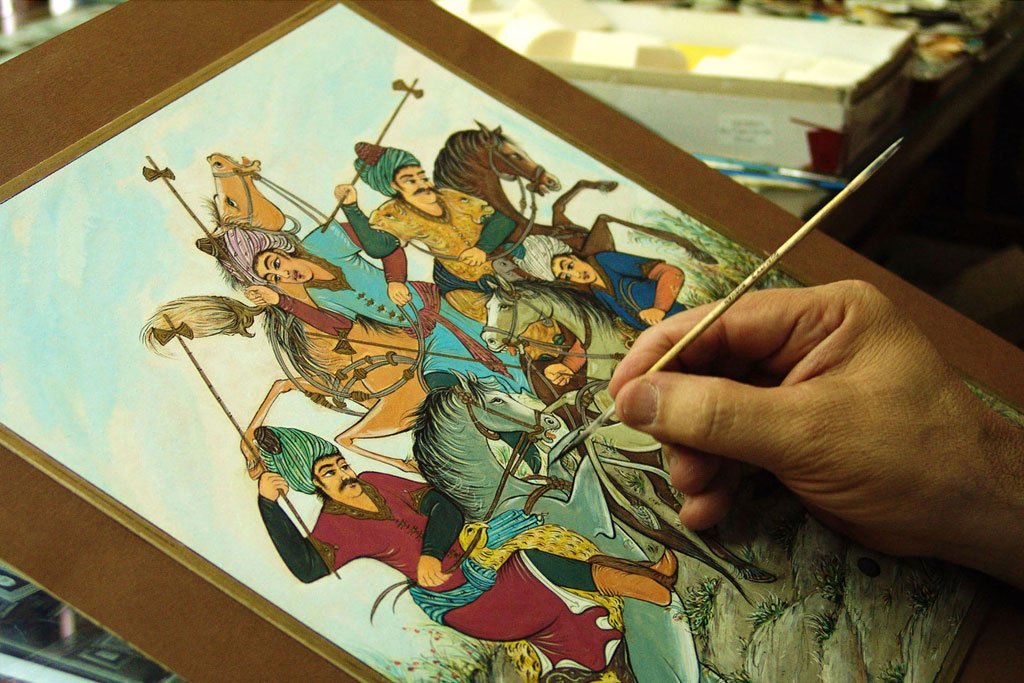 Chogan influence on miniature motifs (2016). Photo: Iranian cultural Heritage, Handicrafts and Tourism Organization
Chogan influence on miniature motifs (2016). Photo: Iranian cultural Heritage, Handicrafts and Tourism Organization
Chogan is a horse-riding game traditionally played in royal courts and urban fields, which is accompanied by music and storytelling. In Chogan, two-rider teams use wooden sticks to pass a ball through the opposing team’s goal post. It has a strong connection to the identity and history of its bearers and practitioners.
Chogan is transmitted informally within the family sphere, as well as by dedicated associations through training and support for local masters.
Ireland: Uilleann piping
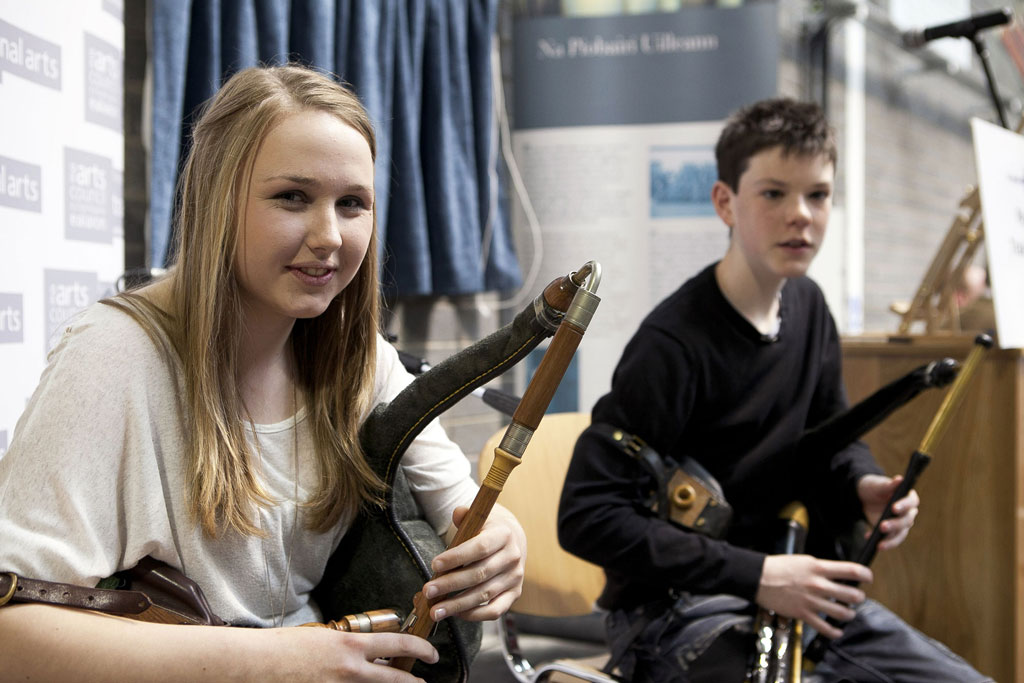 Youngsters play the uilleann (2015). Photo: NPU
Youngsters play the uilleann (2015). Photo: NPU
Uilleann piping is a musical practice in which an uilleann, also known as Irish or union, bagpipe is used to play traditional music. Bearers and practitioners include participants of all ages, dispersed throughout the world. Uilleann piping offers an important way of socializing, providing a sense of rootedness and connection to the past.
Knowledge and skills are transmitted using both long-established and modern practices, and the practice is primarily safeguarded through the efforts of the group Na Piorabairi Uilleann.
Italy: Art of Neapolitan ‘Pizzaiuolo’
 The second phase of creating a Neapolitan ‘Pizzaiuolo’ is a performing art in itself (2015). Photo: Sebilo
The second phase of creating a Neapolitan ‘Pizzaiuolo’ is a performing art in itself (2015). Photo: Sebilo
Creating the Neapolitan ‘Pizzaiuolo’ is a culinary practice consisting of four different phases relating to the preparation of the dough and its baking in a wood-fired oven. The practice originated in Naples, where around 3,000 Pizzaiuoli now live and perform – and plays a key role in fostering social gatherings and intergenerational exchange.
Knowledge and skills related to the element are primarily transmitted in the ‘bottega’ of the Pizzaiuolo, where young apprentices can observe their master at work.
Kyrgyzstan: Kok boru
 The players of the ‘Dostuk’ (Osh city) and ‘Talas’ (Talas city) teams (2016). Photo: National Kok-Boru Federation, Kyrgyzstan
The players of the ‘Dostuk’ (Osh city) and ‘Talas’ (Talas city) teams (2016). Photo: National Kok-Boru Federation, Kyrgyzstan
The Kok boru game is played by two teams on horseback, who compete in trying to score points by putting as many ‘ulaks’ (goat’s carcasses) – replaced by moulds of the animal in modern-day games – into their opponents’ goal as possible. The horse game integrates traditional practices and performances. It is an expression of the cultural and historic tradition of its practitioners and unites communities, regardless of social status.
Related knowledge and skills are primarily transmitted through demonstration, as well as during festive and social events.
Malawi: Nsima
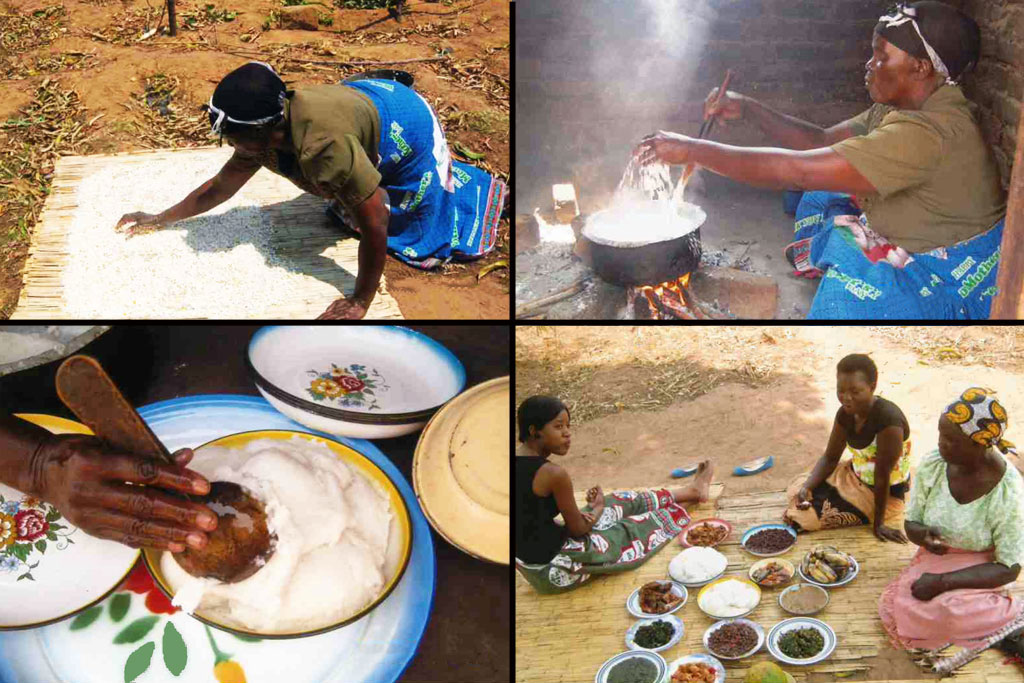 Photo depicts the steps for Nsima from drying the maize to preparing, serving and sharing the dish communally (2016). Photo: Malawi National Commission for UNESCO
Photo depicts the steps for Nsima from drying the maize to preparing, serving and sharing the dish communally (2016). Photo: Malawi National Commission for UNESCO
Nsima is a compound name for the culinary and dietary tradition of Malawians as well as a form of thick porridge prepared with maize flour. It is prepared through an elaborate process requiring specific knowledge, and eating it is a communal tradition in families.
Communities safeguard the element through continued practice, publications, festivals and revitalization activities, and knowledge is transmitted both informally and through on-the-job training and education.

